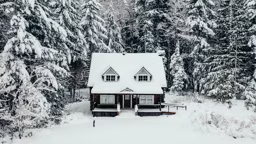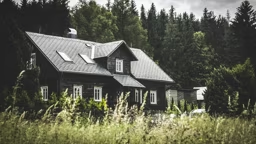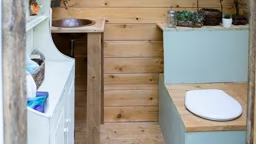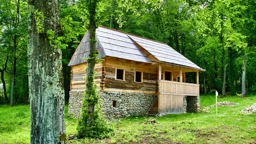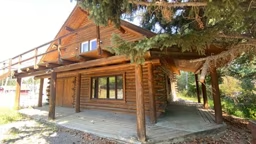Q: We have a new year-round cabin that was built in 2001. It’s about 150 feet from a lake. It has an unfinished crawl space that has a dirt floor (which is a sandy soil). There’s a dampness in our cabin because of the dirt crawl space, and we are wondering if the moisture in the air will hasten the rotting of our cabin’s wood frame. Also, the cabin always has that “dirt smell.”
We plan to retire here and are wondering if we should finish the crawl space with a concrete floor. The last bid we received was about $4,500 for about 1,000 square feet.
Thank you so much for your help.
– Diane and Tom Lang, Danbury, Wis.
A: Yes, you will need to do something about the earthy pungency of your crawl space if you want to make your cabin a cozy retirement nest. A musty odor in the living area of a house – as well as high indoor humidity, buckling of hardwood floors and some insect infestations – is a sign that there is a moisture problem down under. Wood rot, indeed, is a problem associated with letting crawl space moisture go unchecked; you should also be concerned about poor air quality due to mold and allergens.
Before committing to a concrete floor, you may want to look into something called crawl space encapsulation. Many basement waterproofing contactors across the country can install a system that uses a polyethylene liner to seal the crawl space off from the house. The liner is similar to a pool liner and is designed to be strong enough to crawl on and allow the crawl space to be used for storage.
Encapsulation addresses moisture emanation from the walls of the crawl space, not just the floor, so it may be a more effective moisture barrier than cement.
It’s hard to guess what price a contractor would estimate for an encapsulation liner system for your place, but some homeowners have found the cement versus liner costs comparable enough so they can make their decision based on their specific needs as opposed to going with the lowest bid.



